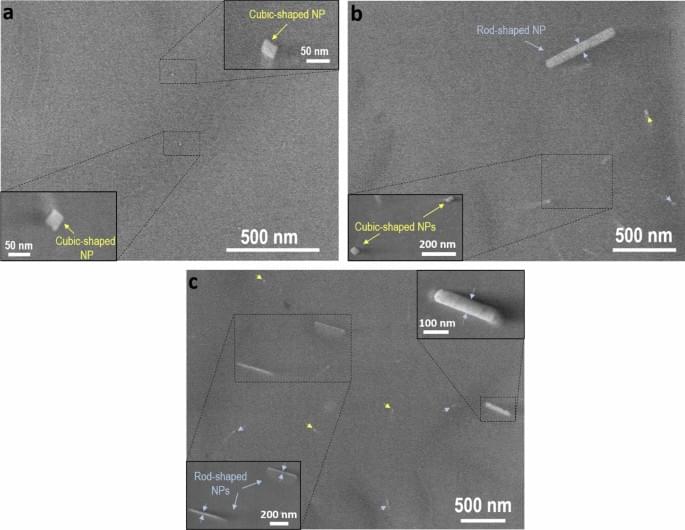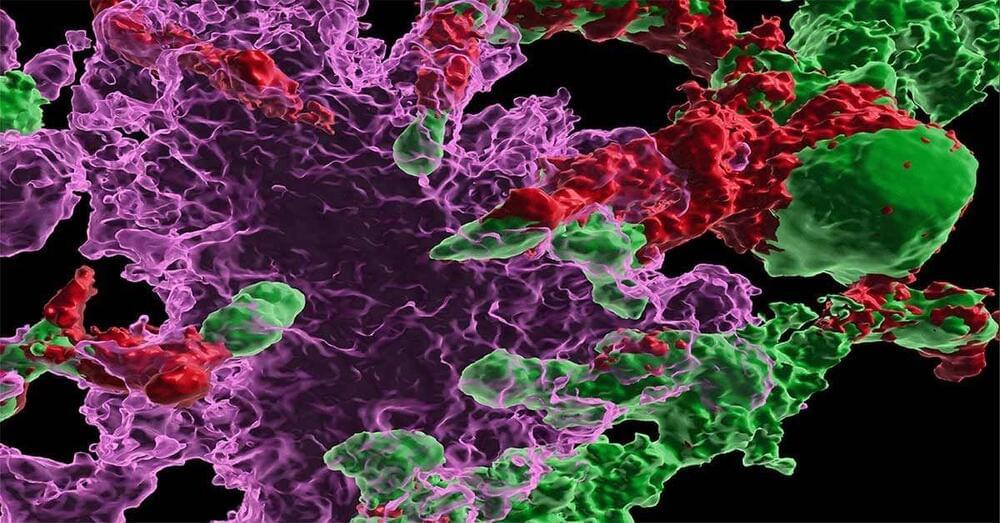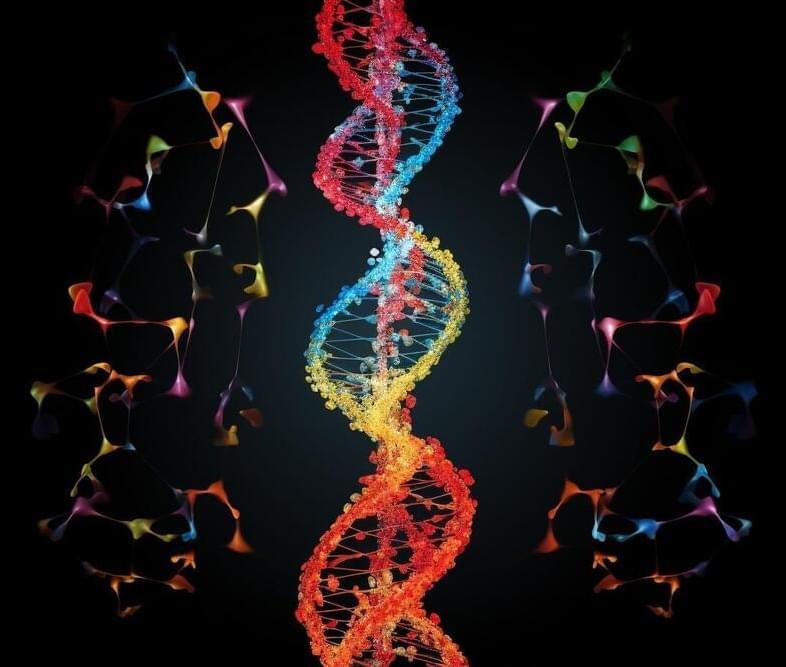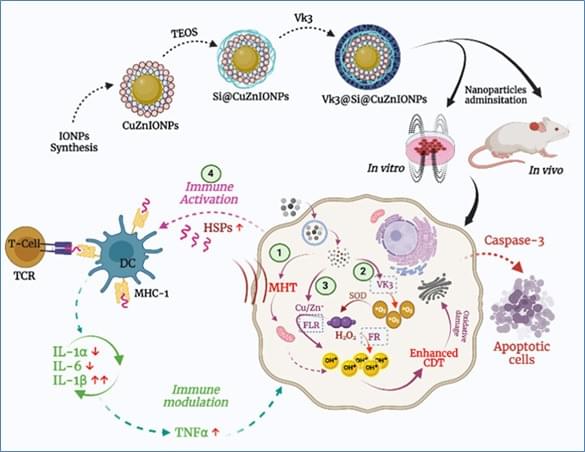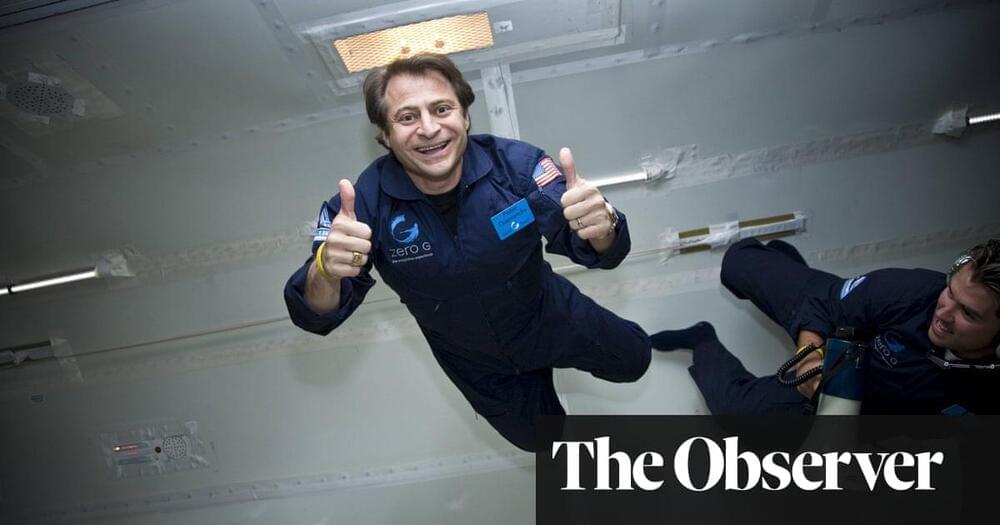Rayleigh scattering enhanced nanoparticle-doped optical fibers, for distributed sensing applications, is a new technology that offers unique advantages to optical fiber community. However, the existing fabrication technology, based on in situ grown alkaline earth nanoparticles, is restricted to few compositions and exhibit a great dependence on many experimental conditions. Moreover, there is still several uncertainties about the effect of drawing process on the nanoparticle characteristics and its influence on the scattering enhancement and the induced optical loss. In this work, we shed light on all these issues that prevent the progress in the field and demonstrate the suitability of doping optical fibers with YPO4 nanocrystals for developing tunable Rayleigh scattering enhanced nanoparticle-doped optical fibers.
